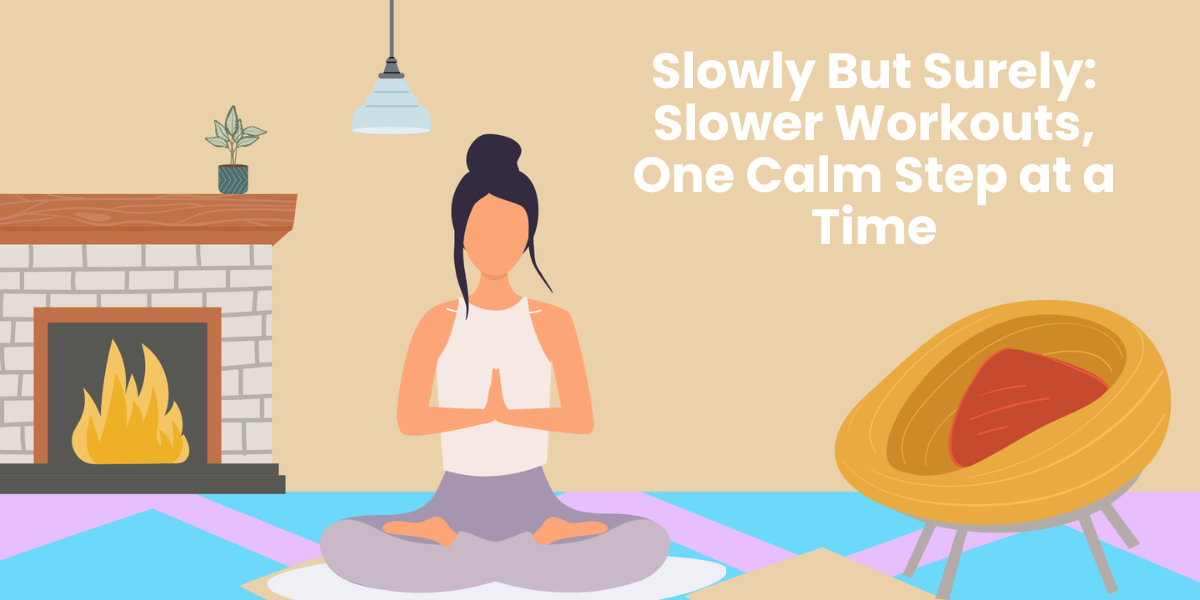Chronic Pain Begone: Unveiling the Benefits of Compression Massage

Stay tuned to our latest news
Chronic pain can be a debilitating condition that affects millions of people worldwide, often leading to a diminished quality of life and a constant search for relief. Traditional approaches to pain management, such as medication and physical therapy, may provide temporary respite, but they often fall short of addressing the underlying causes of the pain.
In recent years, however, a growing body of evidence has shed light on the effectiveness of compression massage as a complementary therapy for chronic pain. This technique harnesses the power of targeted pressure and gentle squeezing to promote relaxation, increase circulation, and reduce inflammation in affected areas. By applying controlled compression to specific muscles and soft tissues, massage therapists can create a therapeutic environment that encourages natural healing and pain reduction.
Whether you are someone who has been grappling with chronic pain or a curious individual seeking alternative pain management strategies, let’s unravel the benefits of compression massage and unlock its potential as a solution for those seeking respite from chronic pain.
What Is Chronic Pain?

As mentioned previously, chronic pain is a complex and debilitating condition that affects millions of individuals worldwide. Unlike acute pain, which is temporary and typically resolves with time and treatment, chronic pain persists for longer periods, often lasting for months, years, or even a lifetime. It can manifest in various forms, such as headaches, backaches, joint pain, nerve pain, and fibromyalgia, among others. Chronic pain can have a profound impact on a person's physical, emotional, and social well-being, leading to decreased quality of life, functional limitations, and increased reliance on healthcare services. The exact underlying mechanisms of chronic pain are not yet fully understood, but it is believed to result from a complex interplay of biological, psychological, and social factors. Effective management of chronic pain typically involves a multidisciplinary approach, combining pharmacological interventions, physical therapy, psychological and behavioral therapies, and lifestyle modifications. Understanding the nature of chronic pain and its profound implications is crucial for healthcare providers, patients, and society at large in order to provide appropriate support, improve the management of this condition, and enhance overall quality of life for those living with chronic pain.
Why Is Chronic Pain Management Important?
Chronic pain management is essential because it directly impacts the well-being and quality of life for individuals living with persistent pain. Effective pain management techniques can alleviate symptoms, enhance physical functioning, and restore a sense of normalcy, thereby improving overall quality of life.
If left unmanaged, it can lead to a cascade of physical and mental health issues, including increased stress, anxiety, depression, sleep disturbances, and fatigue. By implementing effective pain management strategies, individuals can break this cycle and experience better mental health, emotional well-being, and overall physical functioning.
Moreover, chronic pain often restricts an individual's ability to perform daily tasks, work, engage in recreational activities, and maintain an active lifestyle. By effectively managing pain, individuals can regain functional abilities and lead a more fulfilling life.
Additionally, chronic pain can lead to secondary complications such as muscle imbalances, decreased mobility, or reduced strength. Actively managing chronic pain helps minimize the risk of these complications.
Taking charge of chronic pain management empowers individuals by giving them control over their condition and fostering resilience and self-confidence. It also facilitates social connection and support, as seeking effective pain management opens doors for individuals to connect with healthcare professionals and support networks.
What Is Compression Massage?

Compression massage is a type of therapeutic technique that involves applying sustained pressure to specific areas of the body. This form of massage therapy is highly effective in reducing muscle tension, enhancing blood circulation, and promoting relaxation. By using rhythmic compressions, compression massage targets deep layers of tissue, tendons, and ligaments, providing relief from chronic pain and improving overall wellness. This method can be performed using various techniques, such as kneading, rolling, and tapping, and can be tailored to the individual's needs and preferences. Whether used as a standalone treatment or combined with other massage techniques, compression massage offers many benefits, including increased range of motion, reduced inflammation, and improved joint flexibility. With its ability to release tension and stress, compression massage has become a popular choice for those seeking relief from muscle soreness and enhanced physical well-being.
How Does Compression Massage Work?
Compression massage is a therapeutic technique that utilizes the combined effects of air and heat to provide relief to tired and sore feet. It applies gentle pressure to the feet, helping to reduce muscle soreness and promote relaxation.
The process of compression massage begins with the use of air, which is strategically distributed throughout the massage device. This air is then heated to a comfortable temperature that helps to relax the muscles and improve blood circulation. As the device is applied to the feet, the air-filled chambers exert a gentle and rhythmic pressure, targeting specific pressure points.
The combination of air and heat in compression massage is highly effective in soothing pain and tension in the feet. The gentle pressure stimulates the muscles, promoting relaxation and helping to alleviate muscle soreness. The rhythmic pattern created by the massage device further enhances the experience, providing a deep sense of comfort and relief.
By utilizing compression massage, individuals can experience the benefits of gentle pressure and heat in soothing their feet. Whether after a long day on their feet or as a method of relaxation, this technique can help reduce muscle soreness and provide a calming experience. So, next time your feet need some pampering, give compression massage a try and enjoy the soothing effects it brings.
What Are the Benefits of Compression Massage?

Compression massage is a therapeutic technique that offers several benefits for the body. This particular form of massage therapy involves applying pressure to the muscles and tissues using compressive movements, such as squeezing, pressing, and kneading. It can be done manually by a massage therapist or with the help of advanced massage devices.
One of the primary advantages of compression massage is its ability to reduce muscle soreness and alleviate pain. The applied pressure helps to increase blood flow to the targeted area, which can aid in relieving tension and tightness in the muscles. By releasing muscle knots and promoting relaxation, compression massage can significantly reduce post-workout soreness and discomfort.
Moreover, compression massage is known for its positive impact on circulation. The pressure applied during the massage helps to enhance blood flow throughout the body, leading to improved oxygen and nutrient delivery to the muscles and organs. This increased circulation not only aids in muscle recovery but also promotes overall health and wellbeing.
Another notable benefit of compression massage is its ability to induce relaxation. The repeated compressive movements stimulate the production of endorphins, which are the body's natural feel-good hormones. This can result in a sense of calmness and reduced stress levels.
Takeaway
Compression massage is a therapeutic technique that applies sustained pressure to specific areas of the body, offering relief from chronic pain and promoting relaxation. It targets deep layers of tissue, tendons, and ligaments, reducing muscle tension, enhancing blood circulation, and improving overall wellness. The technique can be tailored to individual needs and preferences, providing benefits such as increased range of motion, reduced inflammation, and improved joint flexibility. Compression massage is known for its ability to alleviate muscle soreness, induce relaxation, and positively impact mental well-being. It can be particularly beneficial for individuals with conditions like arthritis or fibromyalgia, as it helps reduce inflammation and pain associated with these conditions.
Overall, compression massage offers a complementary approach to managing chronic pain by addressing its underlying causes. With its ability to improve physical functioning, promote relaxation, and enhance overall well-being, compression massage has the potential to significantly improve the quality of life for individuals seeking relief from persistent pain.
Renpho Health Tips
-

Promoting Active Lifestyles: Family-Friendly Sports and Games for Everyone
May 9, 2024
Read more >
-

Celebrating National Nurses Week: Relaxation and Recovery with RENPHO
May 9, 2024
Read more >
-

Deskercise Dynamics: Unwind & Energize with Simple Office Workouts
April 22, 2024
Read more >
-

Slowly But Surely: Slower Workouts, One Calm Step at a Time
April 22, 2024
Read more >
-

Outdoor Yoga Experience: Find Serenity and Strength Amidst Nature
March 25, 2024
Read more >






